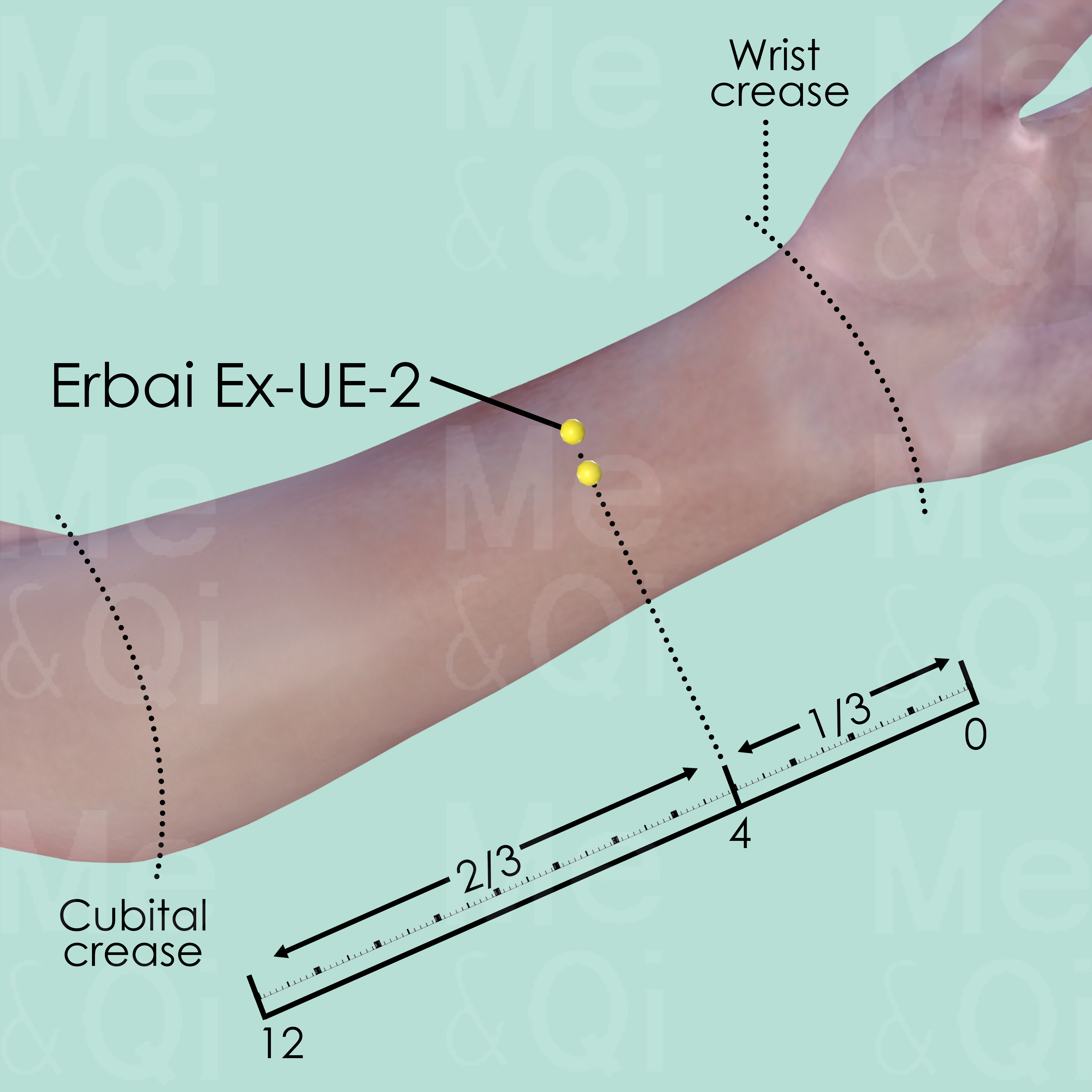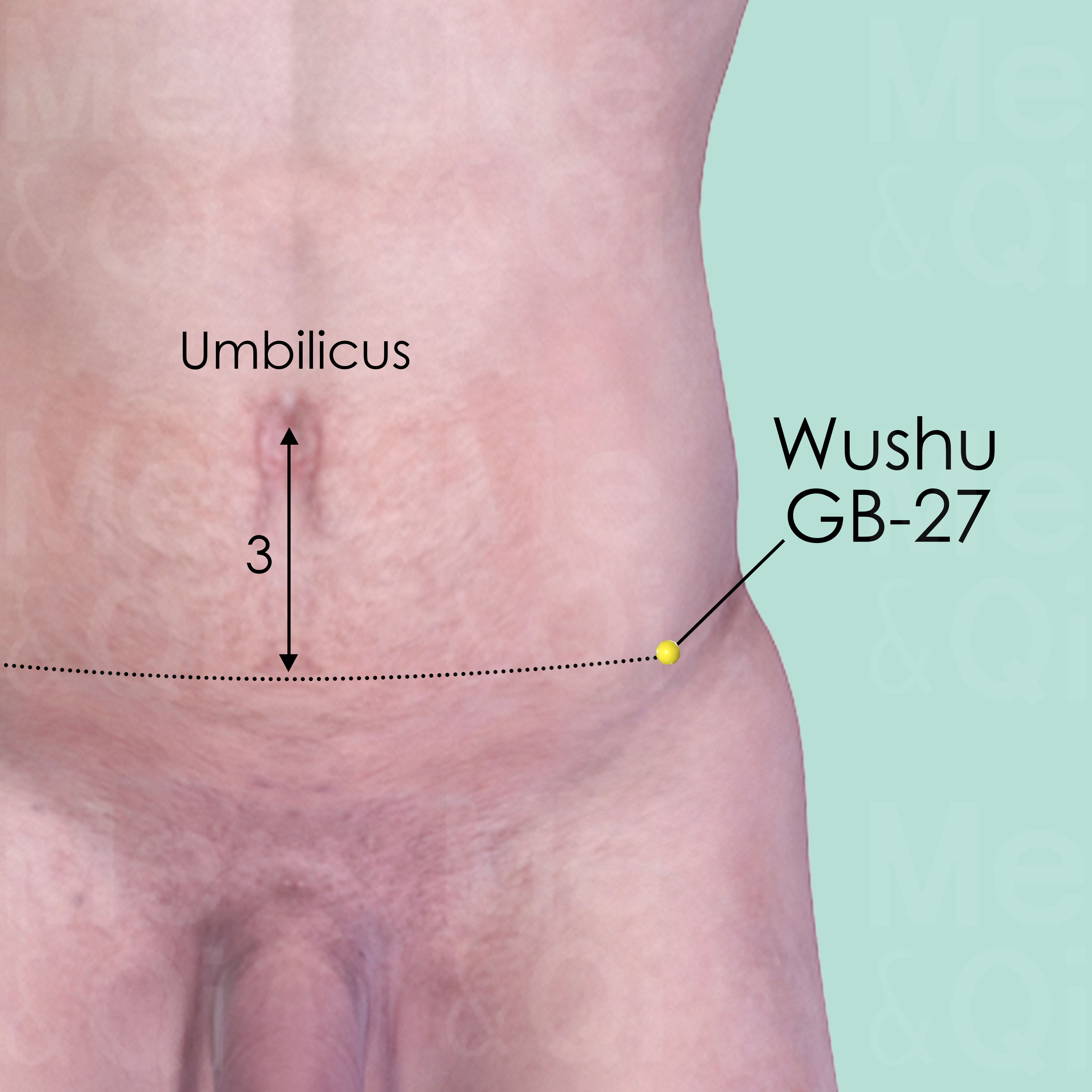Tenesmusaccording to TCM
Symptom family: Anal and Rectal Disorders and Symptoms
What is Tenesmus?
Tenesmus is a medical symptom characterized by a persistent and often distressing urge to evacuate the bowels, accompanied by pain, discomfort, and the sensation of incomplete bowel movements. This condition can be rectal or vesical, with the former relating to the rectum and the latter to the bladder.
Individuals experiencing tenesmus might frequently feel the need to use the restroom but with little to no relief upon doing so. This symptom can significantly impact daily life, necessitating a thorough medical evaluation for proper diagnosis and treatment.
How Does TCM View Tenesmus?
Traditional Chinese Medicine (TCM) interprets tenesmus differently from Western medicine. In TCM, this symptom is seen as a manifestation of underlying imbalances within the body’s energy systems.
TCM practitioners assess tenesmus in the context of various patterns of disharmony, such as Qi stagnation, internal Damp-Heat, or organ dysfunction. Identifying and treating the root cause of these imbalances, rather than just addressing the symptom, is essential in TCM’s holistic approach to health and wellness.
Root Causes of Tenesmus in TCM
In TCM, tenesmus is often linked to specific imbalances such as Heat in the Lessor Yang. This pattern can manifest with symptoms like fever, abdominal pain, and bitter taste in the mouth, alongside tenesmus. The presence of Heat and Dampness in the digestive system can lead to irritation and inflammation, contributing to the urge for frequent bowel movements.
TCM patterns highlight the intricate nature of diagnosing and treating tenesmus, emphasizing the importance of a comprehensive approach.
Explore below more details about what might cause Tenesmus according to TCM.
- By Syndrome
- Heat
Heat
In TCM "Heat" signifies an excess of Yang energy, leading to an imbalance where heat predominates over the body's cool Yin aspects. This condition is metaphorically akin to an internal over-heating. Symptoms indicative of Heat can include feelings of warmth, fever, sweating, irritability, red face, thirst with a preference for cold drinks, and a rapid pulse. The tongue may appear red with a yellow coating. Unlike the common interpretation of heat in terms of temperature, in TCM, it represents a state of hyperactivity or inflammation in the body.... see more
Heat Patterns That Can Lead to Tenesmus
| Pattern Name | Relevant Symptoms | Relevant Formulas |
|---|---|---|
| Heat in Lessor Yang | Tenesmus, Fever, Bitter taste in the mouth, Abdominal pain, Diarrhea, Sticky taste in the mouth, Malodorous diarrhea, Anal irritation, Upper abdominal burning pain... see more | Huang Qin Tang |
TCM Herbal Formulas for Tenesmus
To address tenesmus, TCM relies on a variety of formulas and herbs tailored to the individual’s pattern of disharmony. For conditions like Heat in the Lessor Yang, formulas such as Huang Qin Tang, featuring Baikal Skullcap Roots, are used to clear Heat from the organs and dry Dampness.
These herbal remedies are carefully selected based on their properties and actions to align with the patient’s specific symptoms and underlying TCM diagnosis, showcasing the personalized nature of TCM treatment.
See more details below about Huang Qin Tang, a herbal formula used to address tenesmus.
- By Cause
- By Formula Type
- Heat
- Formulas that clear heat from the organs
Top Formula for Heat:
Huang Qin Tang
Suitable for Heat patterns that may cause tenesmus, such as Heat in Lessor Yang
Learn moreFormulas that clear Heat from the Organs
These formulas are suitable for some tenesmus-causing patterns like Heat in Lessor Yang.
One such formula is Huang Qin Tang, with baikal skullcap root as a key herb.
Acupoints for Tenesmus
In TCM, acupoint therapy plays a crucial role in treating symptoms like tenesmus. Acupoints such as Erbai Ex-UE-2, located on the forearm, are used for their effectiveness in treating rectal conditions like hemorrhoids and prolapse, which can be associated with tenesmus.
Another significant acupoint is Wushu GB-27, found in the lateral side of the abdomen. This point is known for regulating the Girdle Vessel and removing Stagnation in the Lower Burner, which can help alleviate the discomfort and urgency associated with tenesmus. These acupoints are part of a broader strategy in TCM to restore balance and alleviate symptoms.
Explore below some acupoints used to address tenesmus, organized by meridian.
- By Meridian
- Extra Points: Upper Extremities (EX-UE)
- Gall Bladder Channel

Erbai Ex-UE-2
A pair of points on the palmar aspect of the forearm, 4 cun proximal to the wrist joint space (most distal wrist crease), on either side of the tendon of the flexor carpi radialis muscle.

Wushu GB-27
In the lateral side of the abdomen, in the front of the anterior superior iliac spine (ASIS), 3 cun below the level of the umbilicus.
